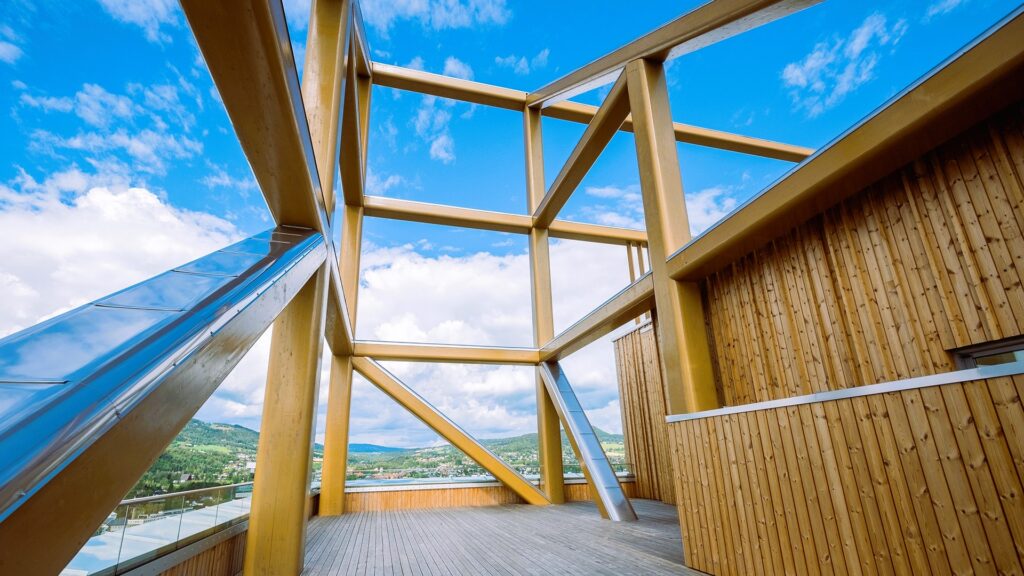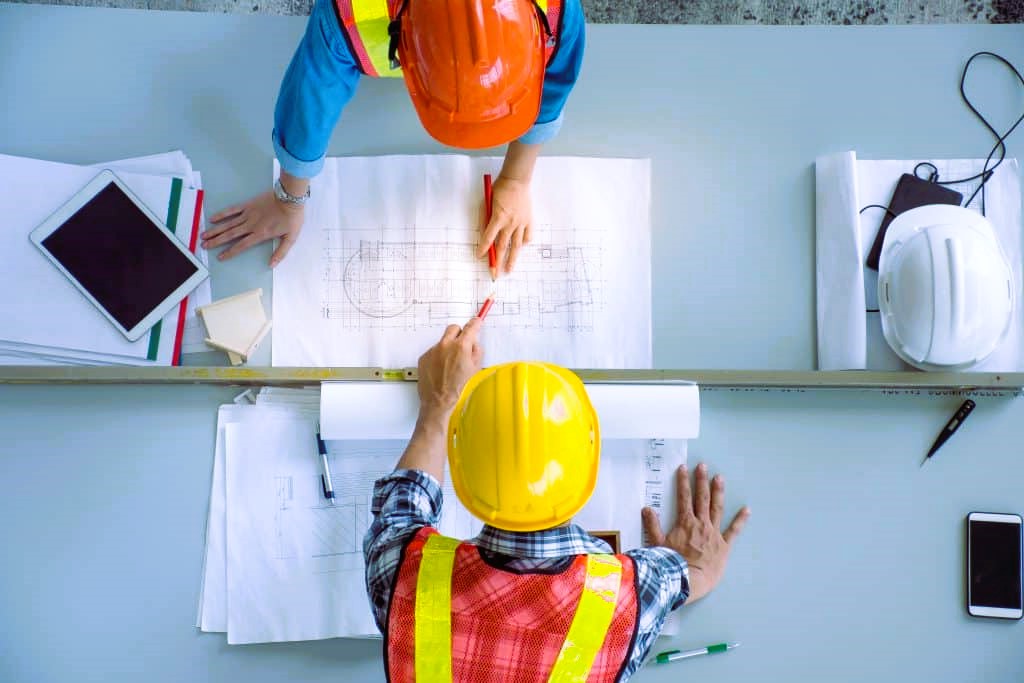As the construction industry evolves, the importance of sustainability has taken center stage. Sustainable materials play a crucial role in shaping the future of construction, offering environmentally friendly alternatives to traditional building components. In this article, we will explore the significance of sustainable materials in construction and how they contribute to building a more environmentally conscious and resilient future.
- Understanding Sustainable Construction Materials:
Sustainable construction materials are those that have a reduced environmental impact throughout their lifecycle, from extraction and production to use and disposal. These materials aim to minimize resource depletion, energy consumption, and pollution, ultimately contributing to the overall sustainability of construction projects.
- Wood as a Renewable Resource:
Wood is a classic example of a sustainable construction material. When sourced responsibly from certified forests, wood is a renewable resource that sequesters carbon during its growth. Timber construction not only provides an aesthetically pleasing and versatile building material but also contributes to carbon neutrality when managed sustainably.
- Recycled and Reclaimed Materials:

Incorporating recycled and reclaimed materials into construction projects helps divert waste from landfills and reduces the demand for new raw materials. Materials such as recycled steel, glass, and reclaimed wood can be used in various construction applications, offering both environmental and economic benefits.
- High-Performance Insulation Materials:
Improving the energy efficiency of buildings is a key aspect of sustainable construction. High-performance insulation materials, such as recycled denim, cellulose, and aerogels, contribute to better thermal performance, reducing the need for excessive heating or cooling and lowering energy consumption over the building’s lifecycle.
- Bamboo as a Sustainable Alternative:
Bamboo is gaining popularity as a sustainable alternative to traditional construction materials. It is a rapidly renewable resource that grows quickly and requires minimal pesticides or fertilizers. Bamboo is not only durable but also has a lower environmental impact compared to some conventional materials.
- Green Concrete and Eco-Friendly Cement:
Concrete, a widely used construction material, has faced scrutiny for its environmental impact. Innovations such as green concrete, which incorporates recycled aggregates, and eco-friendly cements that use alternative binders like fly ash or slag, aim to reduce the carbon footprint of concrete construction. We’ve prepared a comprehensive guide to Understanding LEED Certification in Construction.
- Solar-Responsive Building Materials:
Advancements in solar-responsive building materials are revolutionizing energy generation within the built environment. Photovoltaic-integrated materials, such as solar roof tiles and solar windows, enable buildings to generate clean energy while maintaining aesthetic appeal. Integrating these materials into construction projects contributes to sustainable energy practices.
- Biodegradable and Low-Impact Finishes:
Choosing biodegradable and low-impact finishes for interior and exterior surfaces is an essential aspect of sustainable construction. These finishes, including paints, coatings, and sealants, are formulated with environmentally friendly ingredients, reducing the emission of harmful volatile organic compounds (VOCs) and minimizing the overall environmental impact.
- Life Cycle Assessment (LCA):
To evaluate the sustainability of construction materials comprehensively, life cycle assessment (LCA) is employed. LCA considers the environmental impact of materials from extraction to disposal, helping builders make informed decisions about the ecological footprint of their projects.
- Certifications and Standards for Sustainable Materials:

Numerous certifications and standards guide the use of sustainable materials in construction. Organizations such as the Forest Stewardship Council (FSC) ensure responsible forestry practices, while LEED (Leadership in Energy and Environmental Design) certification evaluates the overall sustainability of a building project.
Conclusion:
Sustainable materials are the cornerstone of a greener, more environmentally conscious construction industry. By incorporating these materials into projects, builders and architects can contribute to a more sustainable future. The adoption of sustainable practices aligns with global efforts to address climate change and build resilient, eco-friendly structures.
For additional information on sustainable construction materials and industry standards, readers are encouraged to explore resources provided by Wikipedia. These platforms offer valuable insights into sustainable building practices, certifications, and guidelines for incorporating eco-friendly materials into construction projects.




